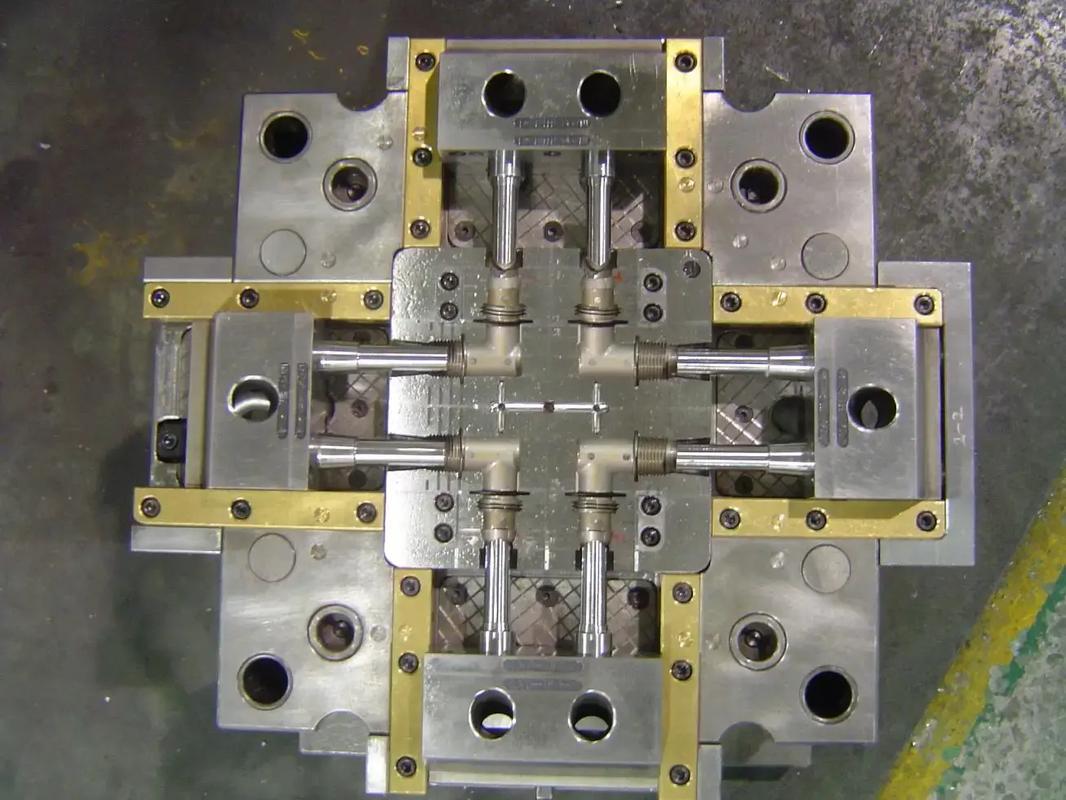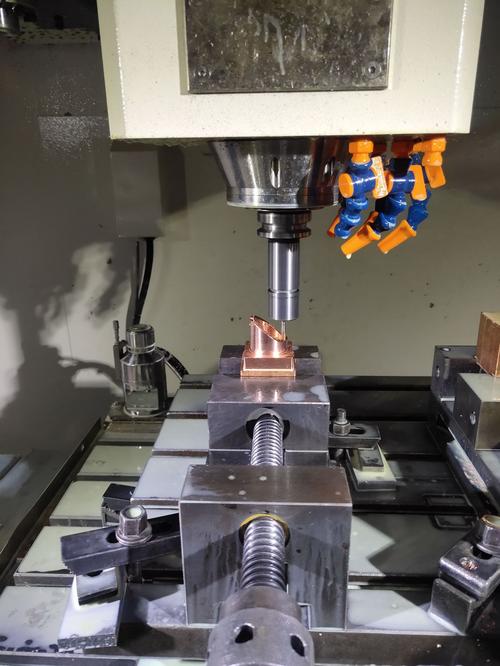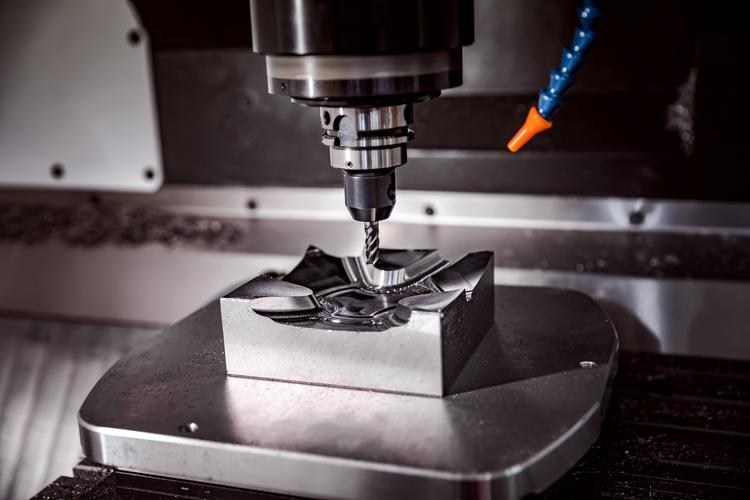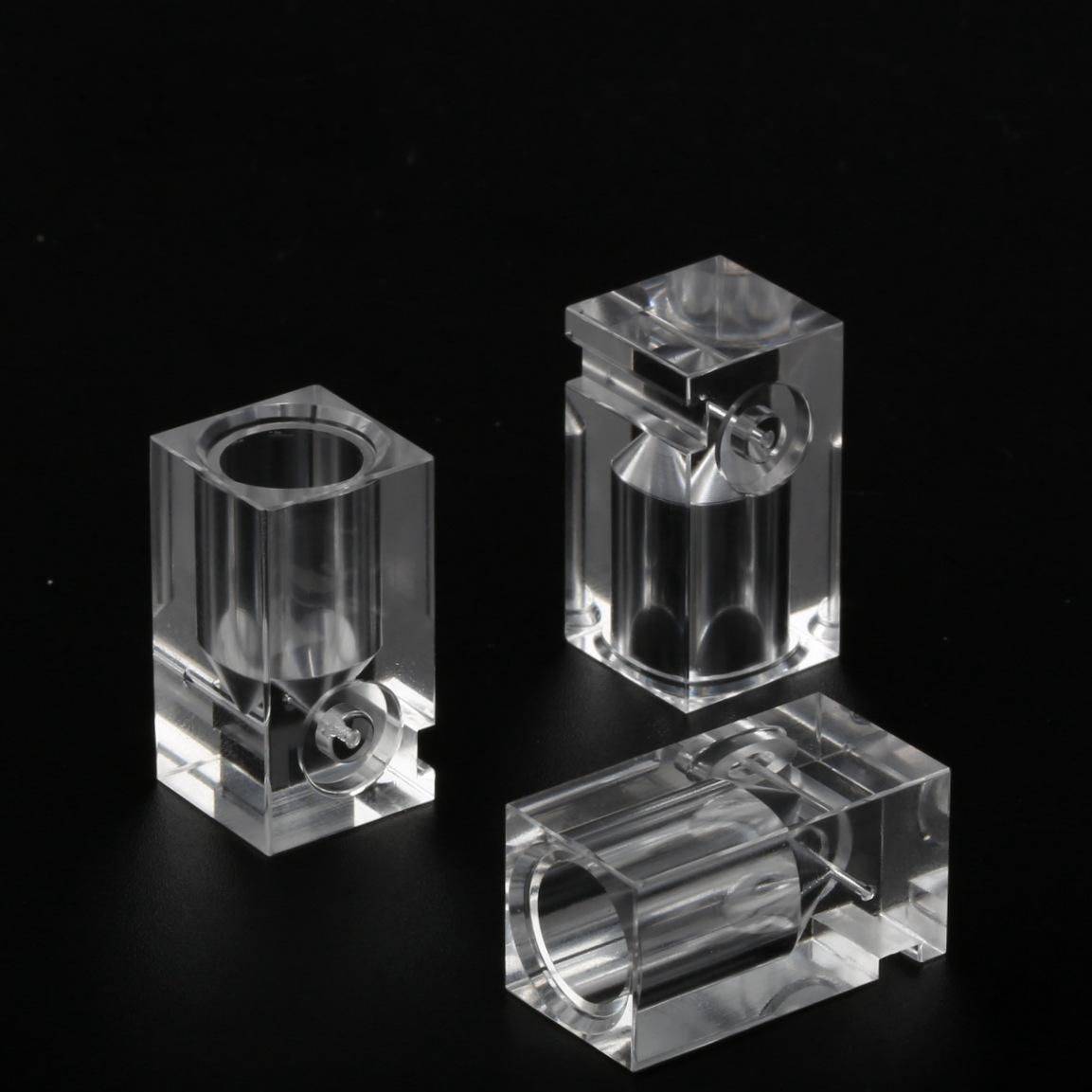The cost to machine a small part (typically 1–50mm in size) ranges from $20 to $500+, depending on factors like material (plastic vs. titanium), complexity (simple holes vs. 3D contours), precision (±0.1mm vs. ±0.001mm), batch size (1 prototype vs. 100 units), and post-processing (polishing, plating). Basic aluminum or plastic parts with simple geometries start at $20–$50, while high-precision, complex metal parts can exceed $200.
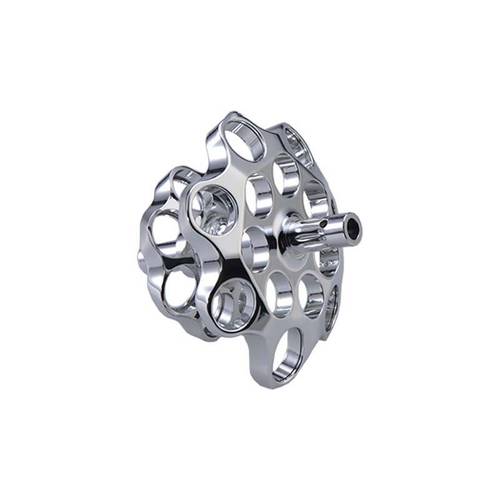
Detailed Analysis of Small Part Machining Costs
1. Core Cost Drivers
Small part machining costs are shaped by five key factors, each contributing significantly to the total price:
-
Material Costs
Materials form 10–30% of total expenses, with wide variation across types:- Plastics: ABS or nylon cost $2–$10 per kilogram, making simple plastic parts (e.g., 10mm spacers) as low as $20. Engineering plastics like PEEK ($50–$100/kg) raise costs for high-temperature parts (e.g., medical instrument components).
- Metals: Aluminum (6061) costs $3–$8/kg, suitable for basic brackets or connectors ($30–$80). Titanium (Ti-6Al-4V) at $30–$60/kg and Inconel 718 ($100–$200/kg) drive up costs for aerospace or medical parts (e.g., 20mm titanium screws: $150–$300).
- Waste Factor: CNC machining removes 30–70% of raw material (e.g., a 50g aluminum blank for a 10g part wastes 40g), adding 10–20% to material costs.
-
Machine Time & Labor
Machining time (1–10+ hours per part) dominates costs, as shops charge $50–$150/hour for CNC equipment (3-axis mills: $50–$80/hour; 5-axis machines: $100–$150/hour).- Simple parts (e.g., a 20mm aluminum block with two holes) take 0.5–1 hour: $25–$150.
- Complex parts (e.g., a 30mm stainless steel part with 3D contours) require 2–5 hours: $100–$750.
- Labor includes programming (1–2 hours for complex designs at $80–$120/hour), adding $80–$240 for first-time parts.
-
Precision Requirements
Tighter tolerances demand slower feeds, better tooling, and more inspection, increasing costs:- Basic precision (±0.1mm): Suitable for general parts (e.g., plastic spacers), with minimal added cost.
- Medium precision (±0.01mm): Requires high-speed spindles and in-process probing, adding 20–30% (e.g., aluminum gears: $50→$60–$65).
- High precision (±0.001mm): Needed for aerospace or medical parts (e.g., 10mm valve stems), requiring ultra-precision CNCs and CMM inspection, doubling or tripling costs ($100→$200–$300).
2. Process & Complexity Impacts
The design complexity and manufacturing process directly affect time and costs:
-
Design Complexity
- Simple Geometries: Flat surfaces, straight holes, or basic slots (e.g., 15mm × 10mm plastic brackets) minimize tool changes and programming, keeping costs low ($20–$80).
- Complex Features: Deep slots (depth >5× width), undercuts, or 3D contours (e.g., a small turbine blade with twisted airfoils) require 5-axis machining, multiple tool changes, and slower feeds. Such parts cost $150–$500+ due to 2–5 hours of machine time.
- Micro-Machining: Parts <5mm (e.g., electronic connector pins) need specialized micro-CNCs (spindle speed >50,000 RPM) and tiny tools, adding $50–$100 to base costs ($100→$150–$200).
-
Batch Size Economics
- Prototypes (1–10 units): High per-unit costs due to setup time (programming, fixturing: $100–$300). A single aluminum prototype may cost $100, while 10 units drop to $60–$80 each.
- Small Batches (10–100 units): Setup costs spread across more parts, reducing per-unit costs by 30–50%. For example, 50 plastic parts may cost $30 each vs. $50 for 10 units.
3. Post-Processing & Additional Services
Secondary operations add 10–50% to total costs, depending on requirements:
-
Surface Finishing:
- Deburring or basic polishing: $5–$20 per part (e.g., removing burrs from aluminum edges).
- Anodizing (aluminum) or plating (nickel/chrome): $20–$50 per part, critical for corrosion resistance (e.g., marine hardware).
- Mirror polishing (Ra <0.05μm): $50–$100+ for optical or decorative parts (e.g., brass instrument components).
-
Heat Treatment:
Hardening steel (e.g., 4140) or aging aluminum (7075) adds $10–$30 per part, necessary for high-strength applications (e.g., small load-bearing brackets). -
Inspection:
Basic dimensional checks (calipers) are often included, but CMM reports or NDT (e.g., fluorescent penetrant testing for cracks) add $20–$100 per part—required for aerospace or medical parts.
4. Industry-Specific Cost Variations
Costs vary by sector due to unique requirements:
- General Industrial: Simple metal or plastic parts (e.g., brackets, spacers) with ±0.1mm tolerance cost $20–$100. Batch production (100+ units) reduces costs to $10–$50 each.
- Electronics: Small components (e.g., 10mm heat sinks, connector housings) use aluminum or ABS, costing $30–$150. Precision pin alignment (±0.01mm) adds $20–$50.
- Medical Devices: Biocompatible materials (titanium, PEEK) and strict tolerances (±0.005mm) drive costs to $100–$500. Examples: 15mm surgical tool components or dental implants.
- Aerospace: High-strength alloys (Inconel, titanium) and 5-axis machining for complex shapes (e.g., 25mm turbine vanes) cost $200–$1,000+. Compliance with AS9100 and rigorous inspection add 30–50% to base costs.
5. Cost-Saving Strategies
To reduce expenses for small parts:
- Simplify Design: Avoid unnecessary features (e.g., deep undercuts) to reduce machining time by 20–40%.
- Choose Standard Materials: Opt for aluminum 6061 or ABS over titanium or PEEK unless performance demands it.
- Increase Batch Size: Ordering 50 vs. 10 parts can lower per-unit costs by 30–50% by spreading setup fees.
- Avoid Over-Precision: Specify ±0.01mm only if required; ±0.1mm may cut costs by 20–30%.
In summary, small part machining costs hinge on material, complexity, precision, and volume, ranging from $20 for simple plastic prototypes to $500+ for high-precision, complex metal parts. Balancing design requirements with cost drivers ensures economical production without compromising performance.

